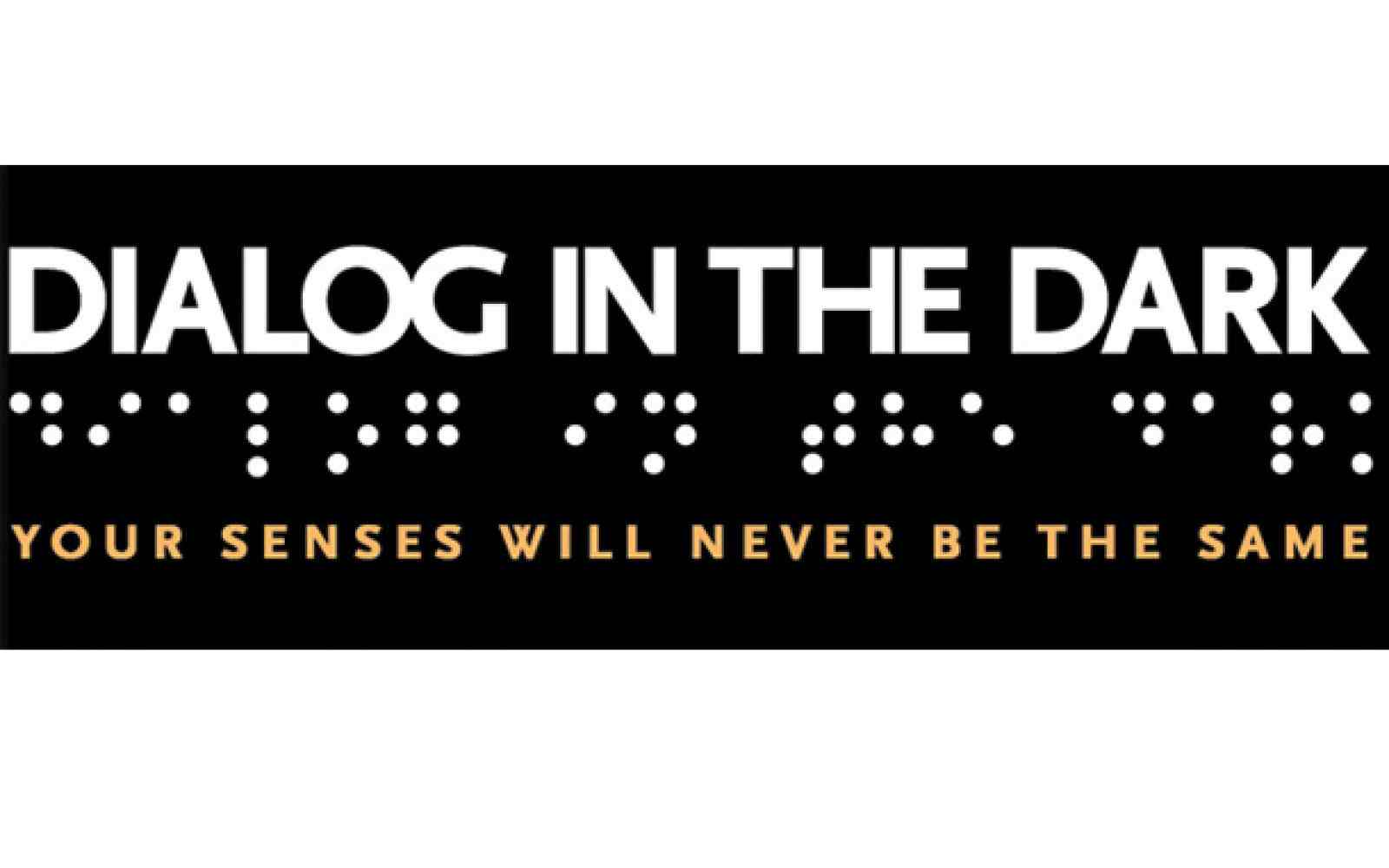Raucous magazine vendors, horn-happy taxi drivers, multi-lingual chatter, the smell of hot dogs, and the kind of warm breeze generated by human hubbub — it’s like any day walking through Times Square, but for one important detail: I can’t see anything. Immersed in total darkness, crossing the street is a rather harrowing challenge. I wait for a chirp from the walk signal and then baby-step my way to the other side, following my outstretched cane and the encouraging voice of my guide, Eliza. Luckily, I’m not in any immediate danger. Neither the cars nor the crowds are real. And Eliza is carefully watching out for the six of us who are experiencing, for the first time, New York City without sight.
This Times Square is really just an elaborately staged, indoor space in the middle of Dialogue in the Dark, the pitch-black exhibition-experience pioneered by Ashoka Fellow Andreas Heinecke of Germany. “The only way to learn is by encounter,” emphasizes Heinecke, who, over the last fifteen years, has grown Dialogue from an experiment into a thriving social enterprise that has worked in 34 countries on four continents, employing thousands of visually-impaired people. For Heinecke, it’s all about bringing together people who don’t usually meet, in an environment that fosters an unusual kind of closeness and understanding. It is through this encounter, this breaking of boundaries between “us and them,” that Heinecke aims to unlock empathy.
Eliza, our warm and enthusiastic guide, works as a social media guru for a tech start-up when she’s not guiding groups at Dialogue. Eliza lost her vision at the age of three; she navigates the world with a variety of tools, from her trusty dog to her talking computer to her acute sense of sound. As we, the uninitiated, bump into walls and each other, Eliza patiently introduces us to her New York and its myriad challenges and pleasures.
In the grocery store, I’m overwhelmed by how I might distinguish a can of beans from a can of peas; on the shrieking subway, I worry about making it out before the doors close; in Central Park, I’m totally enchanted by the avian serenades, and in the café, by the sweet smell of hot chocolate. Finally, at the end of the hour-long (though seemingly timeless) experience, the lights slowly fade back on and we join Eliza in a profound and wide-ranging conversation about all that this journey brought up.
Unsurprisingly, perhaps, there seem to be no obstacles to open and honest communication. Heinecke points to a number of reasons for this manifestation of empathy: First, this is an immersive experience with no barriers to entry — no books to read, no theories to dig through, just the body and the senses, pushed gently beyond the comfort zone. Thus, Dialogue in the Dark is both relevant and immediately accessible for a wide array of people, whether the visitors are business professionals, middle-schoolers, senior citizens, or a mother with septuplets. And not once, the docent informed me, has the staff had to turn on the lights. Second, being totally (and empathetically) taken care of by someone whom we often see as disadvantaged is a powerful way of thwarting standard social hierarchies. Here, one truly needs, trusts, and actively listens to the “other.” And finally, the dark itself is a powerful tool. Studies have shown that the melatonin that the brain produces in darkness feeds the memory and opens up space for emotional learning.
The result of these combined elements is a frame-shift, filtered not just through the mind, but the entire body, in which disability becomes ability, in which unlikeness becomes likeness, and in which pity and distance become respect and proximity.
It’s an idea that isn’t confined to a museum exhibit, or even issues of blindness. “Our ultimate goal,” explains Heinecke, “is to bring people close together who usually don’t meet, who are trapped by their prejudices, by their clichés, by their preconceptions.” Heinecke has taken these principles into boardrooms, classrooms, and even post-conflict settings, measuring its impact on everything from leadership development and teamwork, to peace-building and intercultural dialogue. That impact can be felt long after participants return to the brightly lit streets from which they came: Five years after visiting Dialogue in the Dark, most participants remember the experience in great detail. Sixteen percent even remember the name of their guide. I’m quite certain I’ll be among them. New York will never look quite the same to me, thanks to Eliza. And I can only imagine how different the city itself might become if all New Yorkers spent just an hour with Eliza and colleagues, in the dark.
—Adam Horowitz, Ashoka Empathy
Editor's note: This post was written by Ashoka Empathy's Adam Horowitz.
